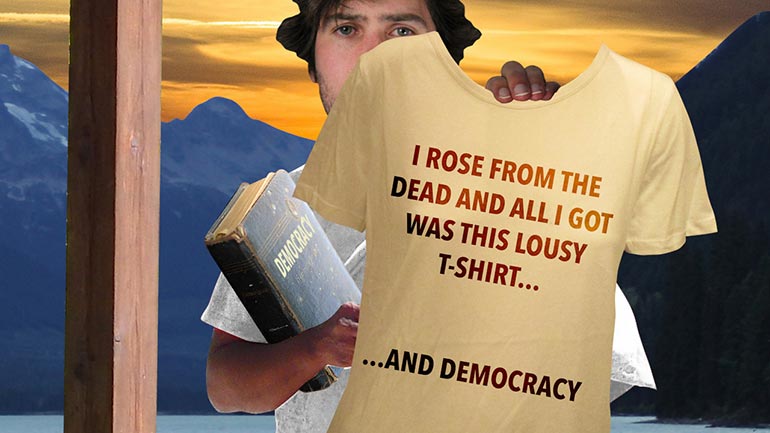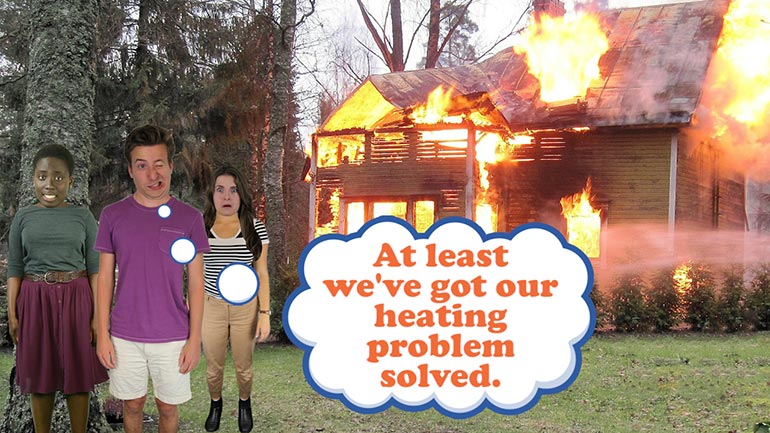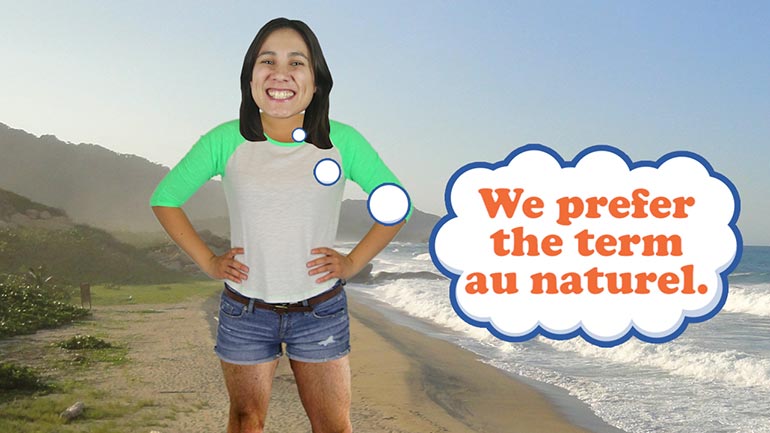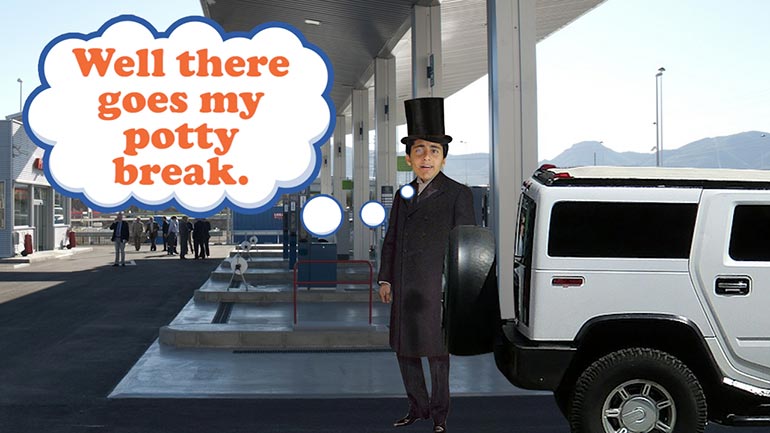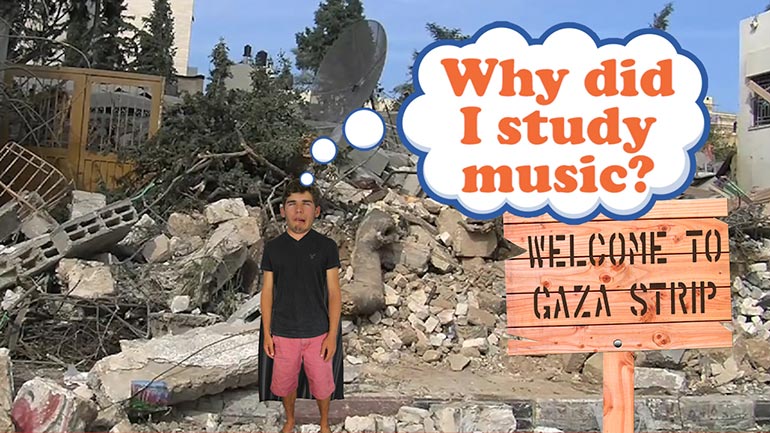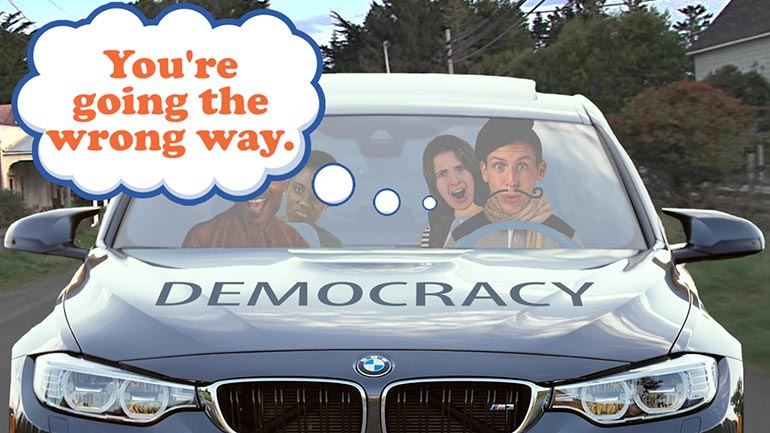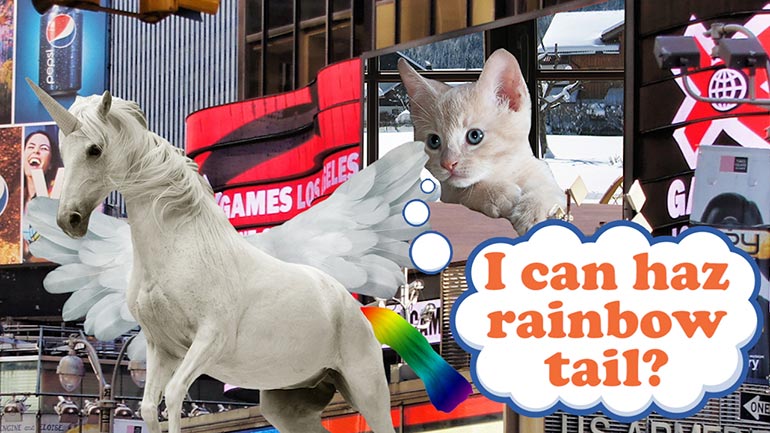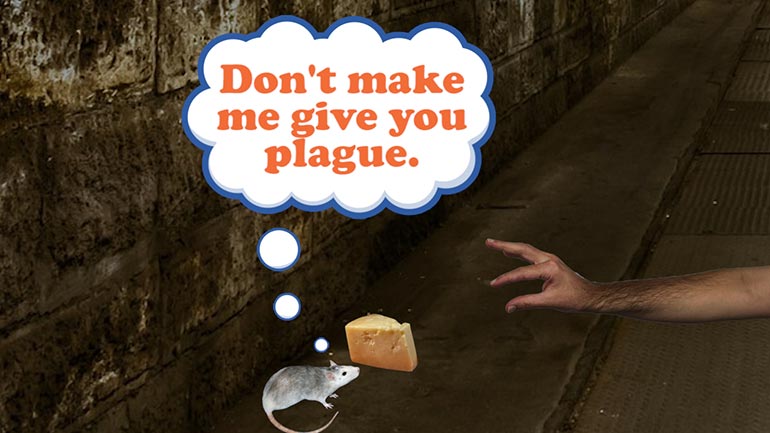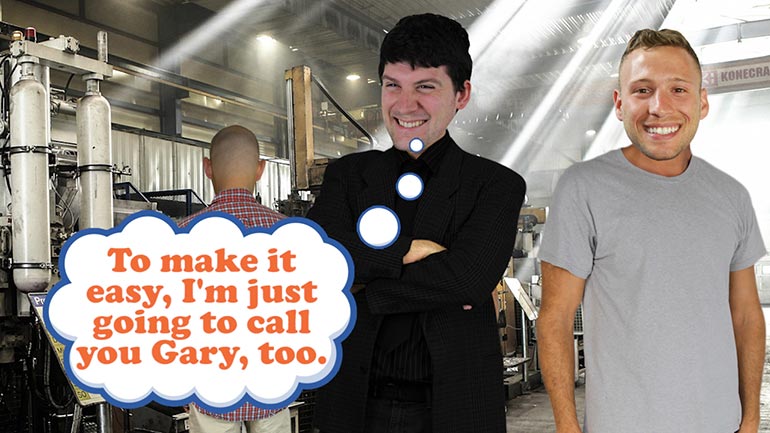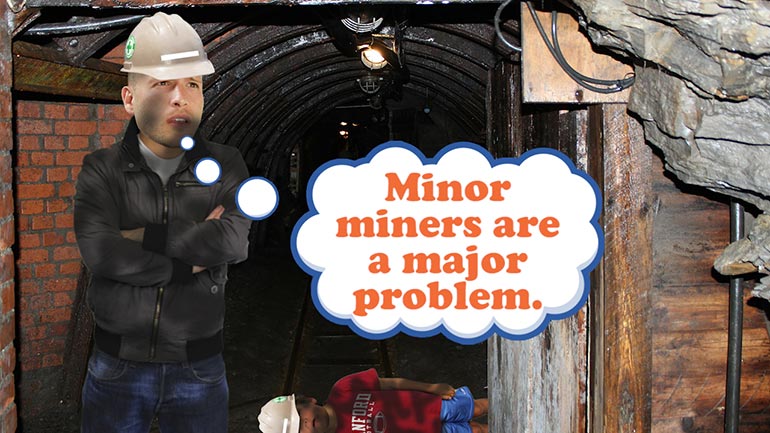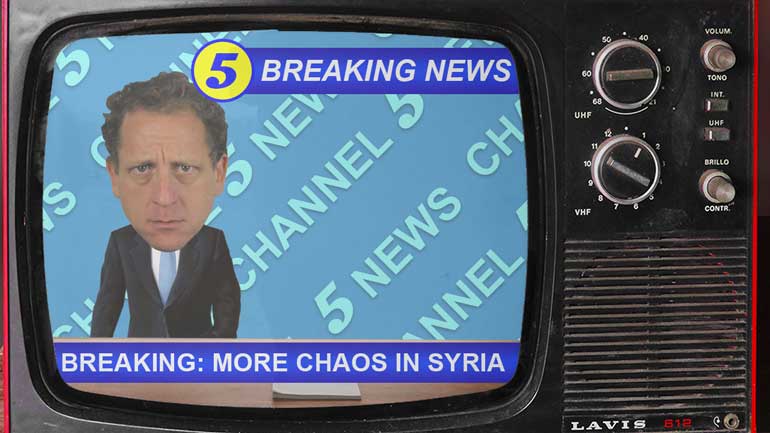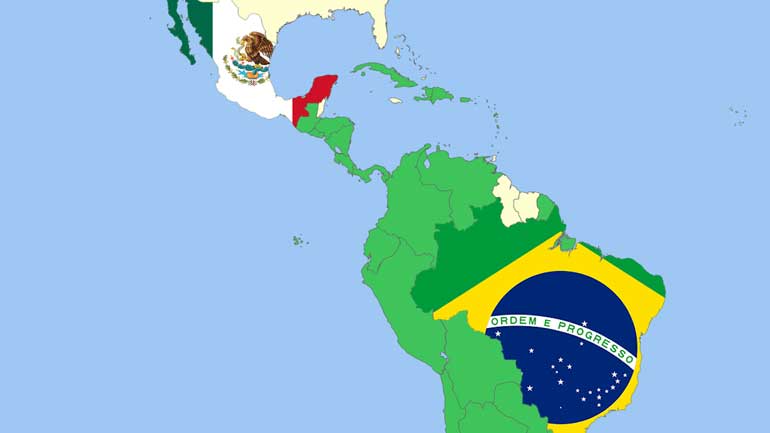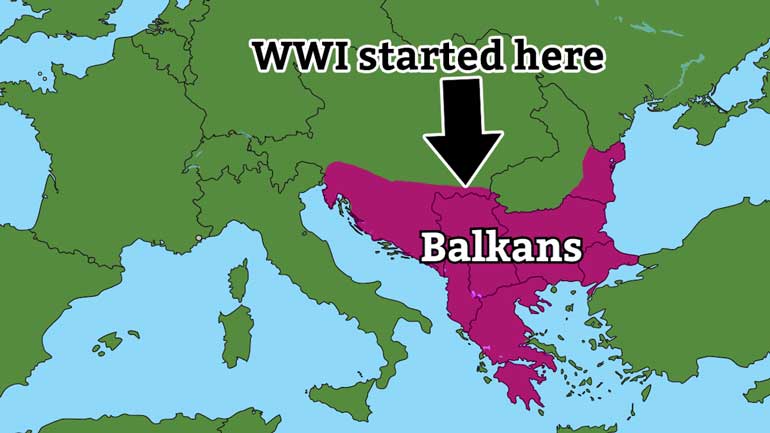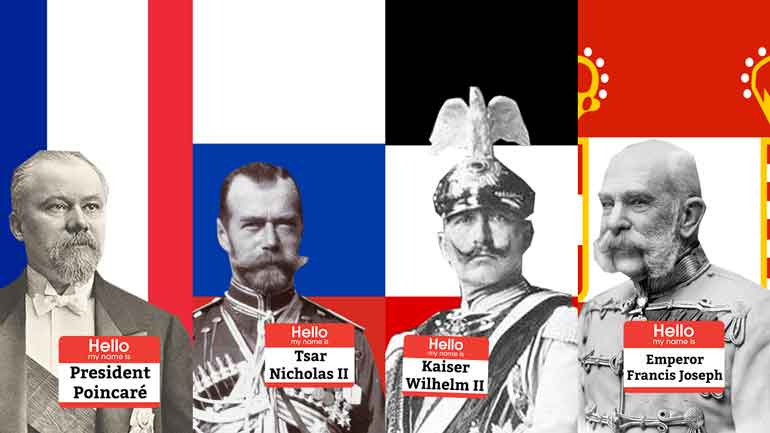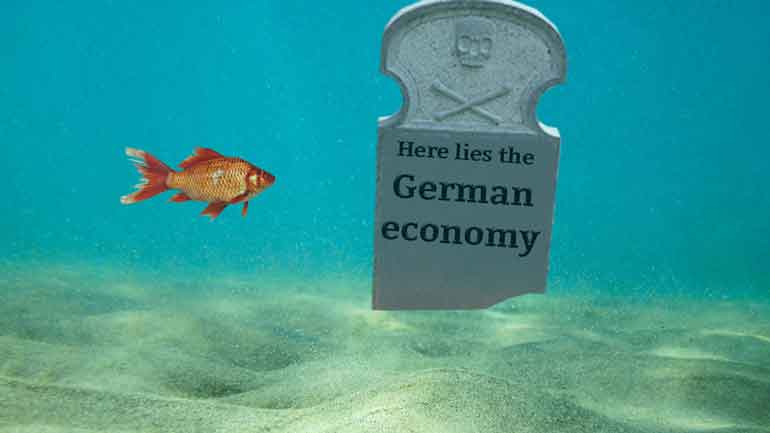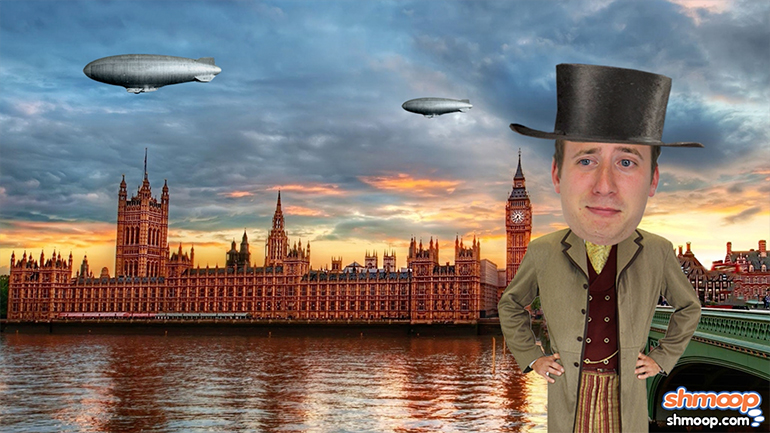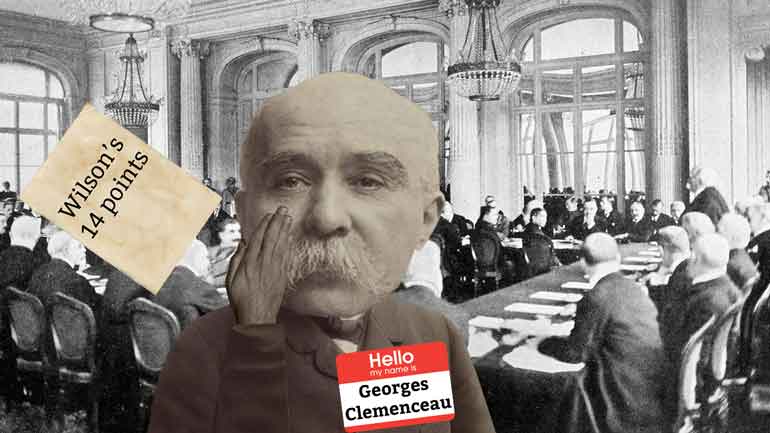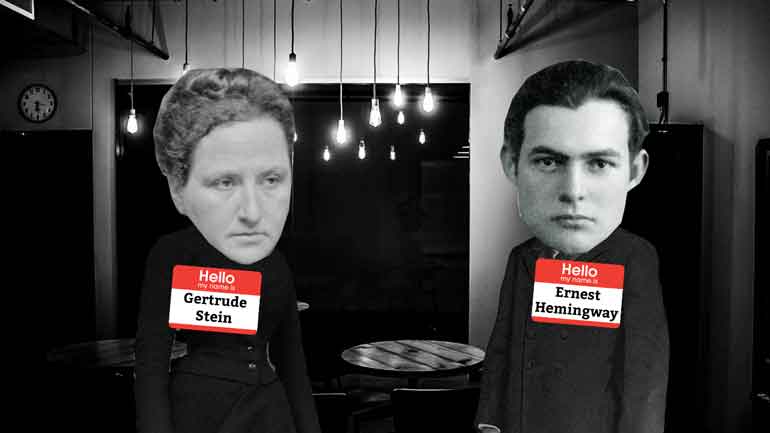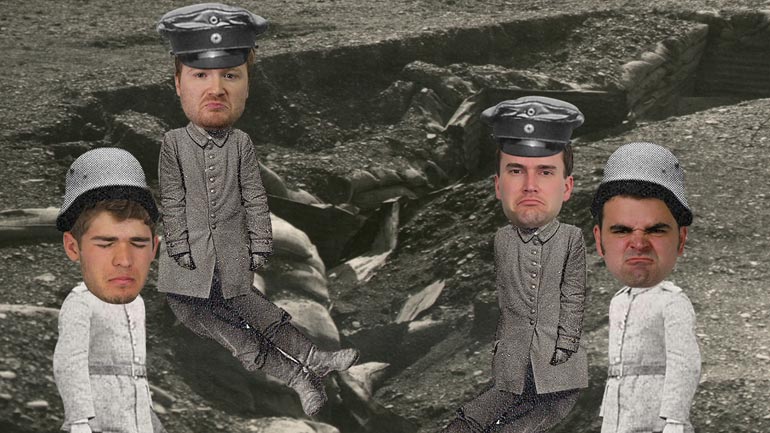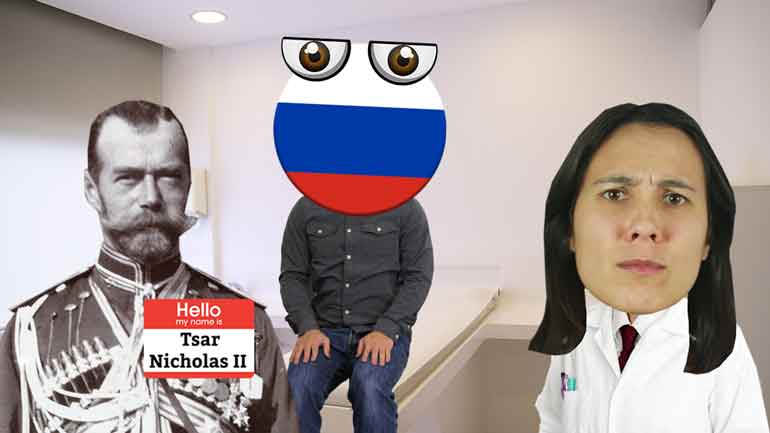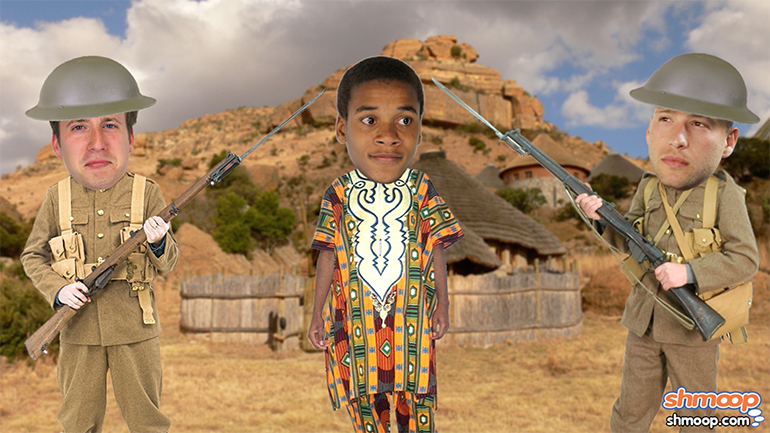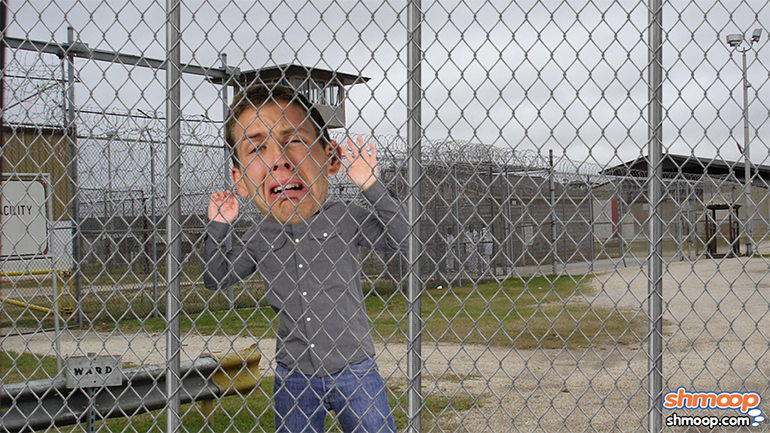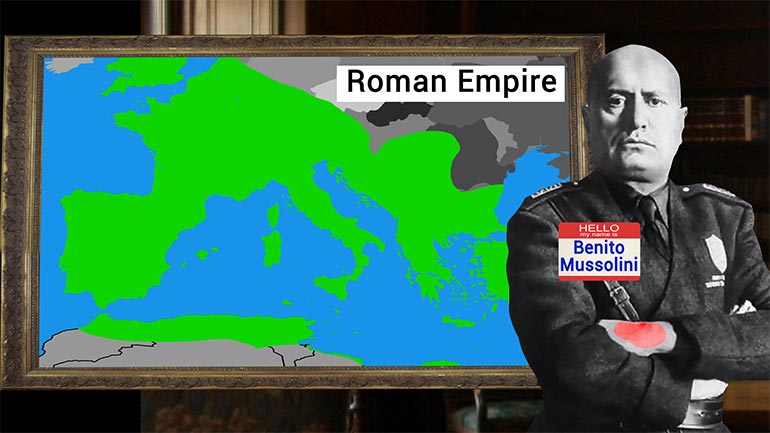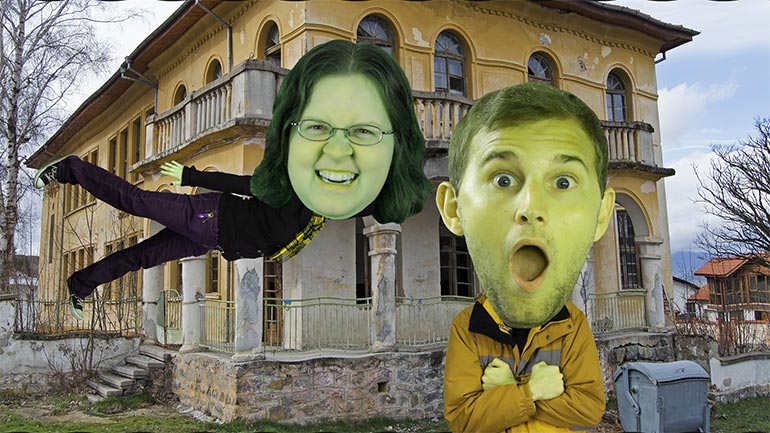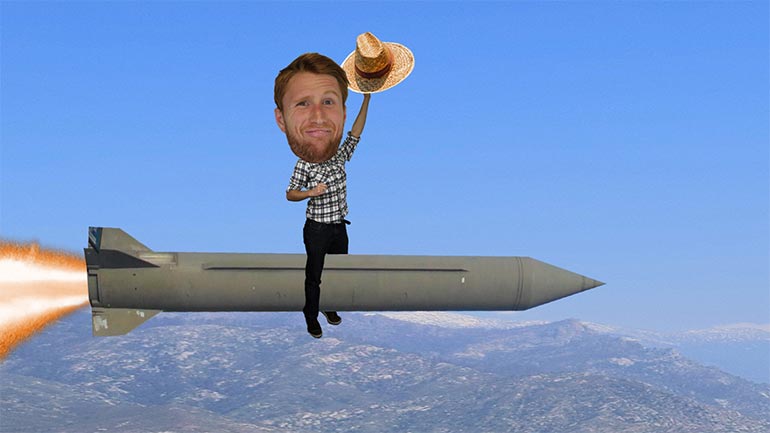ShmoopTube
Where Monty Python meets your 10th grade teacher.
Search Thousands of Shmoop Videos
Modern World History Videos 86 videos
Today we're tackling unions, a.k.a. the people who brought you weekends, a.k.a. the greatest people who have ever existed. We'd send them a thank y...
Modern World History 1.7 Destruction of Natural Resources 75 Views
Share It!
Description:
Can Mother Earth keep up with mankind's insatiable need for sushi, gas guzzlers, and laptops? We'll check out both sides of the debate.
Transcript
- 00:00
Edited at https://subtitletools.com
- 00:03
Mother Earth giveth natural resources, and mankind taketh them away. [Hands grab resources and takes them away]
- 00:08
Yeah, there’s a problem. There are already 7 billion people on this planet. [Earth rotates in space]
- 00:13
By 2050, the United Nations projects there will be 2 billion more, [UNESCO population figure appears]
- 00:17
and that’s on Highway 5 alone.
Full Transcript
- 00:19
And a lot of these folks are going to want laptops, sushi, and gas guzzlers. [Cars moving on road]
- 00:23
Can Mother Earth keep up with the insatiable human race? [Limousine arrives]
- 00:27
Well, resource optimists say, “Hey, no problem.
- 00:30
We’re always coming up with clever ways to get the resources we need,”
- 00:33
as they drill for oil and sushi. [Sushi rains from an oil rig]
- 00:36
Resource pessimists, however, think humanity is toast.
- 00:39
There are too many people using too many resources, often wastefully,
- 00:42
and there’s no political will to check population growth or resource consumption. [Man gives presentation]
- 00:47
Well, this is the debate over natural resources in a nutshell.
- 00:50
Should we carry on as we are, using what the Earth provides without a thought, [Oil rig drills oil]
- 00:55
or should we be drawing straws to see, you know,
- 00:57
who gets the last roll of sushi? [Everyone draws a straw]
- 00:59
Well, if we’re going to talk natural resources, let’s start with the T. rex in the room:
- 01:03
fossil fuels. Without oil, coal, and natural gas, [Dinosaur appears and scares man]
- 01:07
our lives would be very different and very cold…
- 01:10
And we’re not Elsa—you know, the cold has always bothered us, anyway. [Elsa peeps from behind the rock]
- 01:14
However, our use of fossil fuels is terrible for the environment.
- 01:17
Moreover, our inability to kick our oil habit causes economic
- 01:21
and security problems in other parts of the world.
- 01:23
Well, sure, we could ditch the Organization of the Petroleum Exporting Countries,
- 01:28
a.k.a. OPEC, a.k.a. the group of nations that controls much of the world’s oil supply. [OPEC conference is in progress]
- 01:33
Well, this might do something about our economic and security concerns,
- 01:37
but then we’d just look to our friendly neighbors to the north for more Texas tea,
- 01:40
and everybody knows the tar sands up in Alberta are an environmental disaster. [Athabasca oil field photos appears]
- 01:45
Or, we could frack for oil.
- 01:47
No, we’re not saying you should cuss the way they do on Battlestar Galactica; [Silver Surfer appears]
- 01:51
we’re talking about a slurry of chemicals and water poured into the ground
- 01:54
so we can force up oil to our waiting SUVs. [Pipe injecting slurry]
- 01:57
Lots of people don’t like fracking, though, because it causes earthquakes
- 02:01
in weird places and dumps patented blends of chemicals
- 02:04
into ground water supplies. And speaking of water, [Chemical spills in sea]
- 02:07
the drinkable stuff is fast disappearing from the planet.
- 02:10
And then there are the tropical rain forests.
- 02:12
While the people of Brazil can be forgiven for wanting land [Photos of polluted water]
- 02:15
on which to raise livestock and grow food,
- 02:17
well, those trees aren’t coming back anytime soon, [Cow farts]
- 02:20
and that spells trouble for all of us who want to keep breathing clean air.
- 02:23
So, yeah, it’s bad. We’re destroying our environment, [Guy enters scene and shrugs]
- 02:26
and we don’t seem to care.
- 02:27
The U.S. failed to sign the 1997 Kyoto Protocol
- 02:30
because or political representatives thought the treaty would put
- 02:33
too much of a burden on us to lower emissions. [Political representatives look annoyed]
- 02:36
Well, guess who put the emissions in the air in the first place? Yeah,
- 02:39
good going U.S. If you’re feeling depressed right now, well, so are we.
- 02:43
Somebody hand us some chocolate, which might also be a fond memory [Someone brings chocolate for depressed girl]
- 02:46
sooner than we think. Thing is, we’ve managed to correct
- 02:49
our erroneous environmental ways in the past. [Girl starts crying again]
- 02:51
We got on board with the Montreal Protocol of 1987,
- 02:55
which limits the amount of ozone depleting chemicals
- 02:57
that get sprayed into the atmosphere. We know this treaty has made [Video plays on TV]
- 03:00
a difference because the hole in the ozone hasn’t gotten any bigger. [God gives thumps up]
- 03:03
We’re fighting a battle for life as we know it on planet Earth.
- 03:06
It’s a battle for glaciers and polar bears, and our ability [Polar bear family floats]
- 03:10
to eat Dungeness crab in the fall. Question is,
- 03:13
are we willing to give up some things in order to
- 03:15
save everything, including ourselves? [Uncle Sam sees doctor]
Related Videos
GED Social Studies 1.1 Civics and Government
When you're about to marry the love of your life, not many things could stop you. However, finding out that your future hubby is keeping his crazy...
Here at Shmoop, we work for kids, not just the bottom line. Founded by David Siminoff and his wife Ellen Siminoff, Shmoop was originally conceived...
ACT Math: Elementary Algebra Drill 4, Problem 5. What is the solution to the problem shown?

